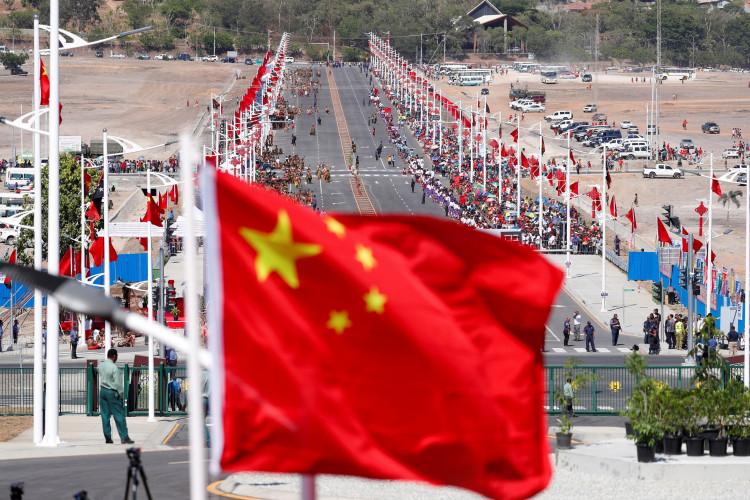China's top leadership has reaffirmed its commitment to strengthening domestic manufacturing and technological self-reliance over the next five years, signaling that the world's second-largest economy will continue prioritizing state-led industrial expansion even as it grapples with weak domestic demand and mounting tensions with the United States.
At the closely watched Fourth Plenum meeting, senior Communist Party officials set new economic development goals that focus heavily on what they called a "modern industrial system" and "high-level scientific and technological self-reliance." According to the official readout published Thursday by state news agency Xinhua, the Party vowed to "achieve a significant leap forward in economic strength, scientific and technological strength, national defense strength, comprehensive national power and international influence by 2035."
The meeting's communique placed manufacturing and innovation ahead of consumption, confirming that Beijing remains wary of shifting too aggressively toward a demand-driven growth model. "There is still an unresolved tension between the leadership's purported desire to boost consumption and its goal of shoring up the size of its manufacturing sector," said Julian Evans-Pritchard, an analyst at Capital Economics. "The leadership will have to choose one or the other. Today's communique leaves little doubt over which way they are leaning."
China's emphasis on industrial policy comes amid renewed U.S. pressure on its access to advanced technologies. Washington has tightened export restrictions on semiconductors and equipment, while President Donald Trump has floated triple-digit tariffs on Chinese goods. Beijing, for its part, is pushing for greater self-sufficiency in sectors ranging from electric vehicles to artificial intelligence and defense manufacturing.
Party officials also stressed the need to "vigorously boost consumption," but offered few specifics beyond vague pledges to "expand domestic demand" and "balance effective investment with household spending." Economists say the language reflects a familiar pattern - one that favors infrastructure and industrial investment as the primary lever for growth rather than direct measures to increase consumer income.
The readout "signals a continued emphasis on investment - this time as a means to stimulate consumption - rather than a bold, direct push to expand consumption itself," said Yue Su, principal economist for China at the Economist Intelligence Unit. She added that future investments are likely to center on consumption-linked sectors such as public services, urban planning, and elderly care.
Dan Wang, China director at Eurasia Group, was more skeptical. "It is just a wishful goal," she said. "I can't see fiscal commitment in this." Wang warned that Beijing's growth model - heavily dependent on state-backed investment - risks deepening structural weaknesses. "The main risk here is the coexistence of high debt and low inflation," she said, calling China's current trajectory "very fragile."
China's overall debt is now estimated at about three times the size of its economy, fueled by years of heavy investment in construction and manufacturing. Meanwhile, domestic consumption remains sluggish, held back by stagnant wages, modest social safety nets, and a population still cautious about post-pandemic recovery.
Thursday's plenum also resulted in the replacement of 11 Central Committee members, the largest personnel reshuffle since 2017, amid what analysts describe as an ongoing anti-corruption purge within the People's Liberation Army. The leadership reaffirmed its goal of maintaining around 5% annual growth through 2025 and reiterated its longer-term objective of achieving 4.6% annual growth through 2035.
Beijing also pledged to advance its carbon-reduction goals and promote "high-quality development" in the property sector, though details were scarce. Analysts expect further clarification during Vice Premier He Lifeng's visit to Malaysia this weekend and at a press conference scheduled for Friday, where senior officials are expected to outline the next phase of China's industrial and technological policy.






